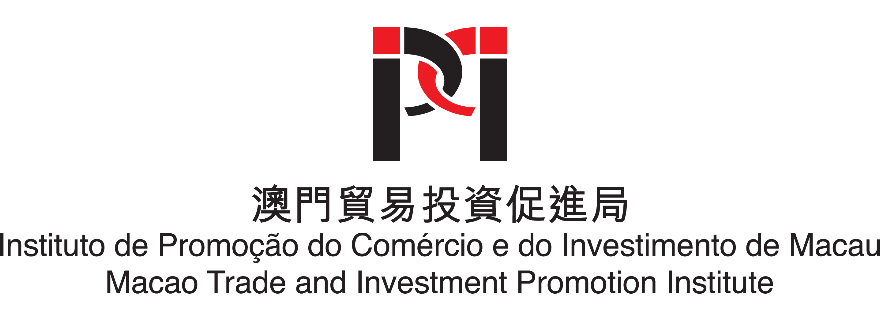Primary sector
Agriculture is the sector with the least economic relevance in Fortaleza. In the municipality, the population is entirely concentrated in urban area, which demonstrates, therefore, the insignificance of agriculture for the municipal economy. Due to the urban development of the city, in Fortaleza there is neither strong agriculture nor land for planting. If there was agriculture in the past, many of the farmers and ranchers moved to other municipalities in the metropolitan region.
Secondary sector
Industry is the second most relevant sector for the municipality’s economy. Its industrial district, in Grande Fortaleza, divided in three hubs, has more than one hundred companies operating in textile, metallurgy and mechanics, electrical, chemical, and civil construction sectors, directly employing more than 16 thousand people. Another hub that promotes the economy of Fortaleza is the Pecém Industrial Complex, which has large companies in metal-mechanical, civil construction and energy sectors, whose greatest exponent is the Pecém Steel Company, in operation, planned to be highly competitive in the international scene.
The production of clothing and shoes, leathers and skins, and food mainly derived from wheat, in addition to mineral extraction, are the strongest industrial segments of the capital.
Tertiary sector
Commerce and service are the biggest generators of wealth in Fortaleza’s economy. The city has robust shopping centers, in addition to owning two of the ten largest shopping centers of the country, Iguatemi Fortaleza and RioMar Shopping. Fortaleza has 15 shopping centers and is the sixth Brazilian capital in a total gross leasable commercial area. However, the main shopping area is historically the City Center, which brings together the largest number of establishments and is responsible for the largest flow of business. Also noteworthy is the bustling commercial area of the Montese district. Peripheral regions of the municipality have been developing commercially and have transformed predominantly residential districts into commercial districts, mainly due to the outcome of the independence of the productive sectors in these regions and the consequent economic decentralization.
Economic activity: mineral extraction, transformation industry, public utility industrial services, civil construction, commerce, services, public administration and agriculture and ranching.
Structure of the economy (2020) | – Agriculture and ranching: R$ 107 million – Industry: R$ 7,651 million – Services (except Administration, defense, education and public health and social security): R$ 38,074 million -Administration, defense, education and public health and social security: R$ 9,816 million |
Source: IBGE
Sources:
- Ceará State Government – Secretariat of Economic Development and Labor
- Municipal District of Fortaleza
- INGE




